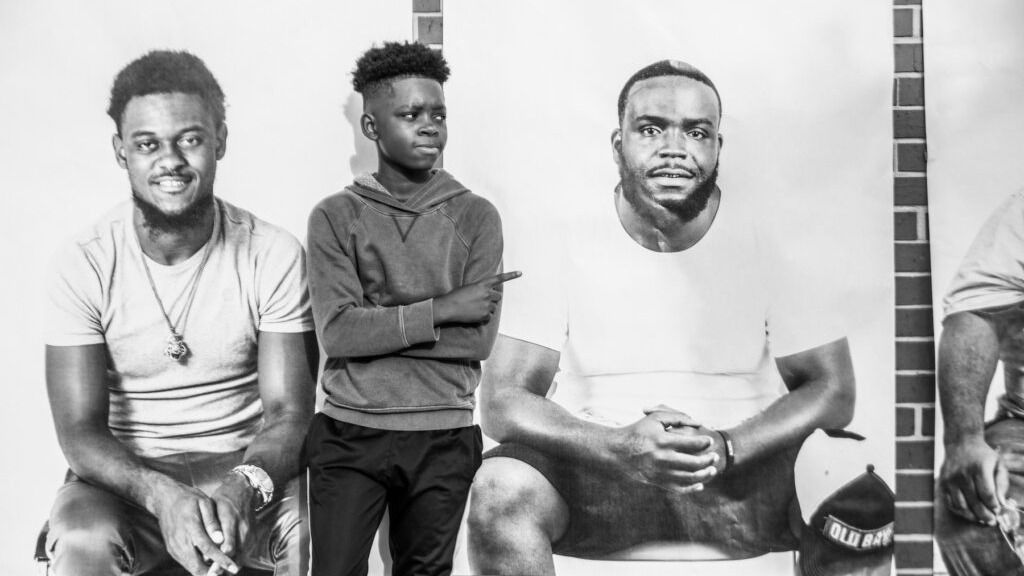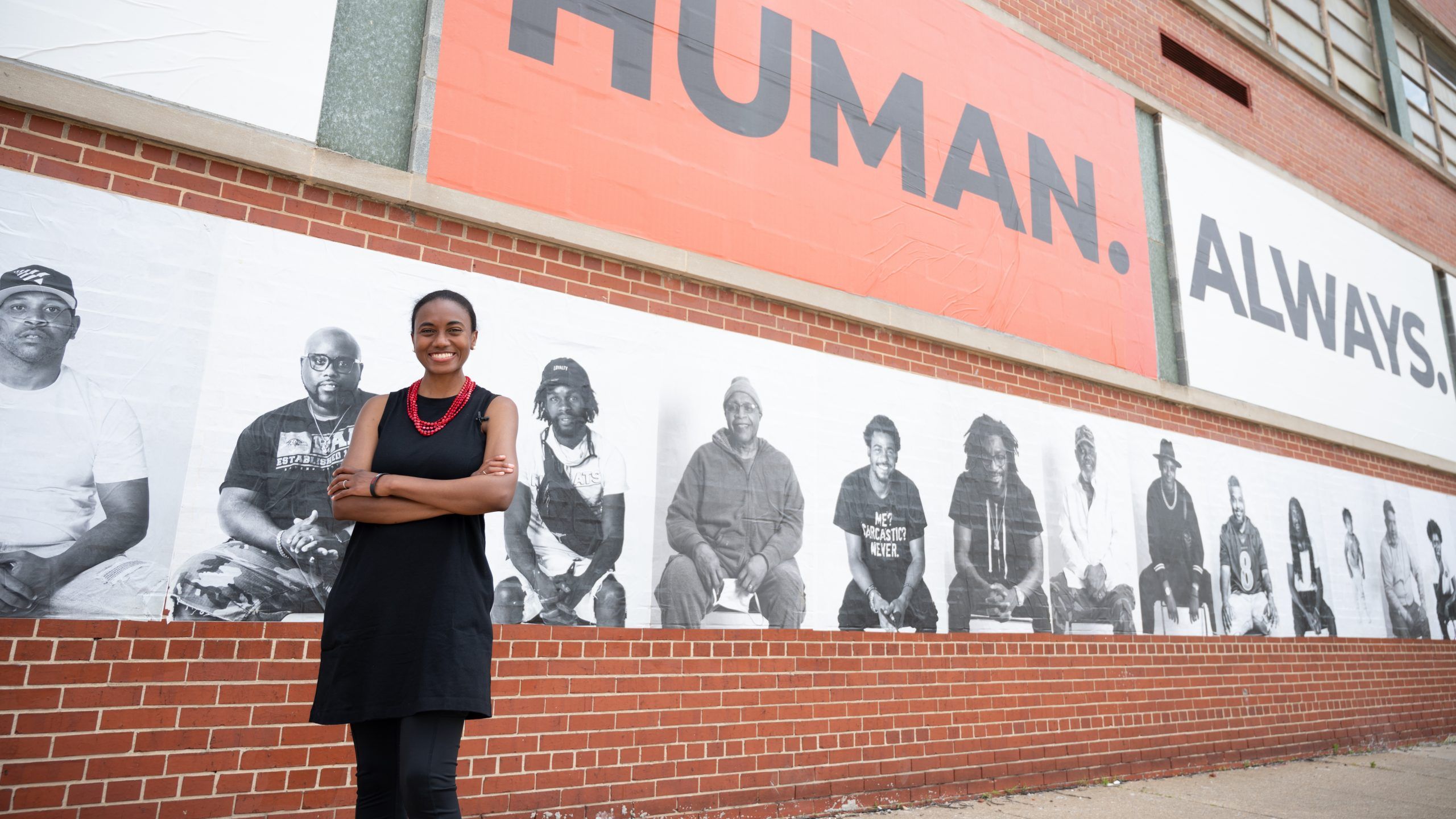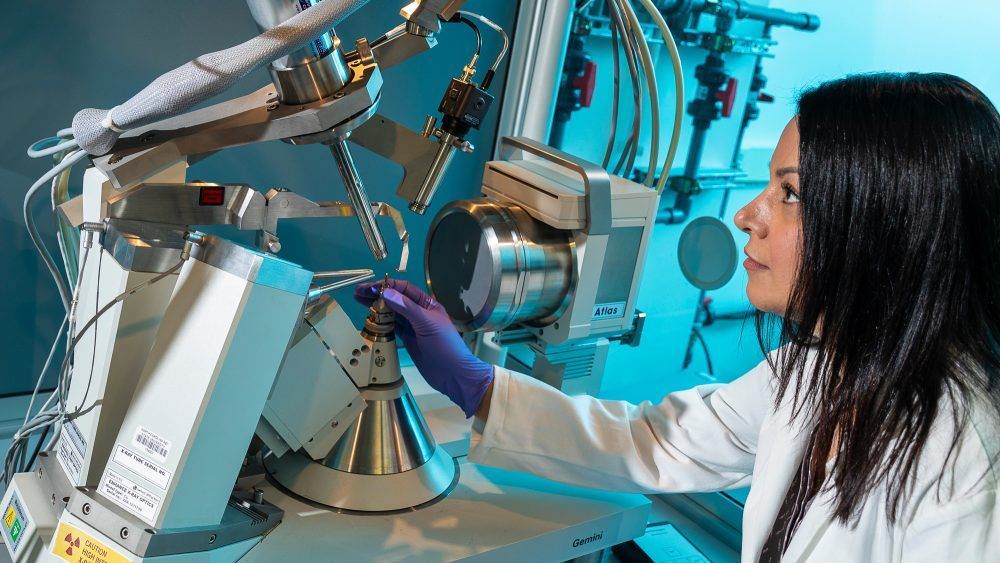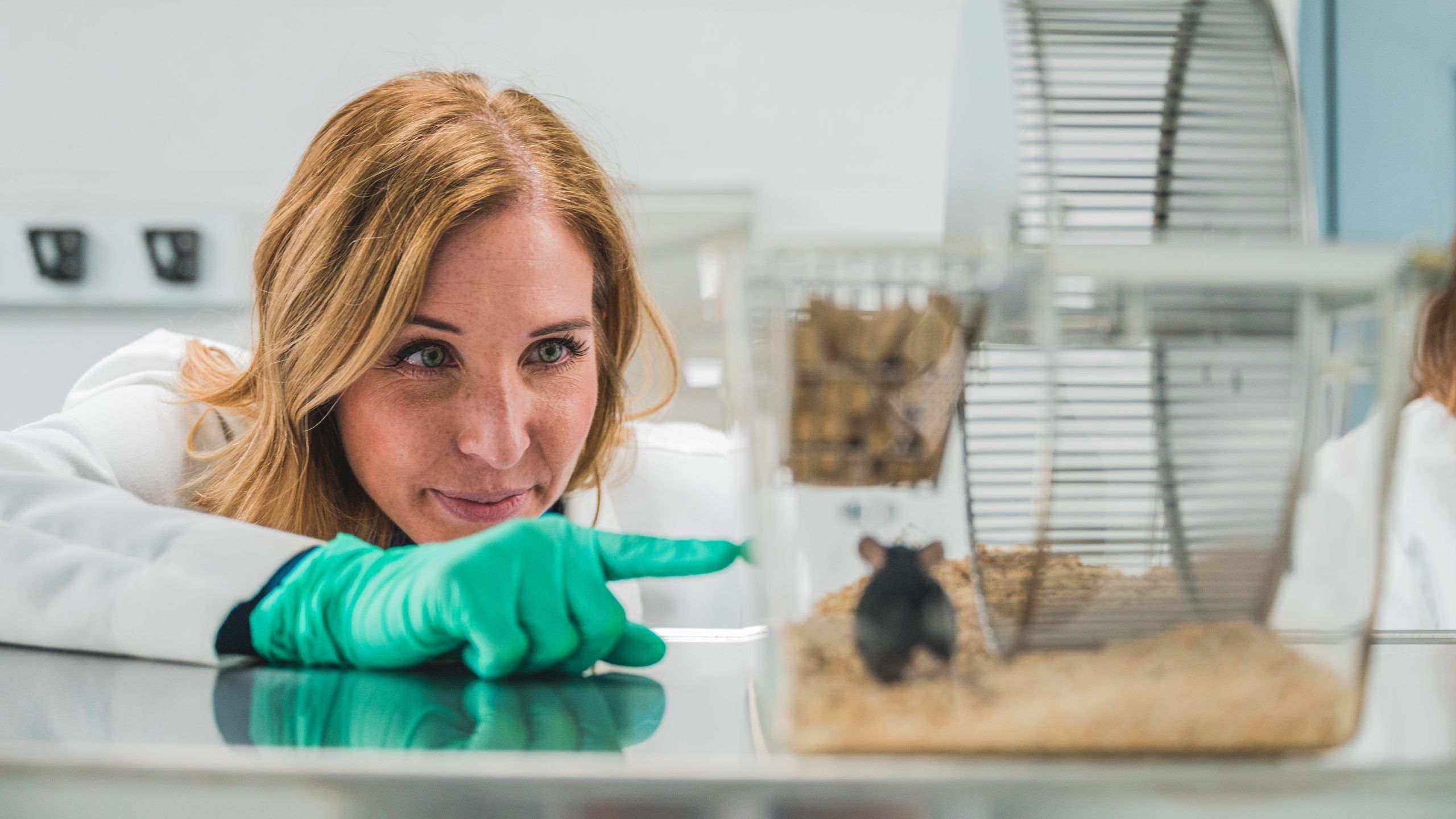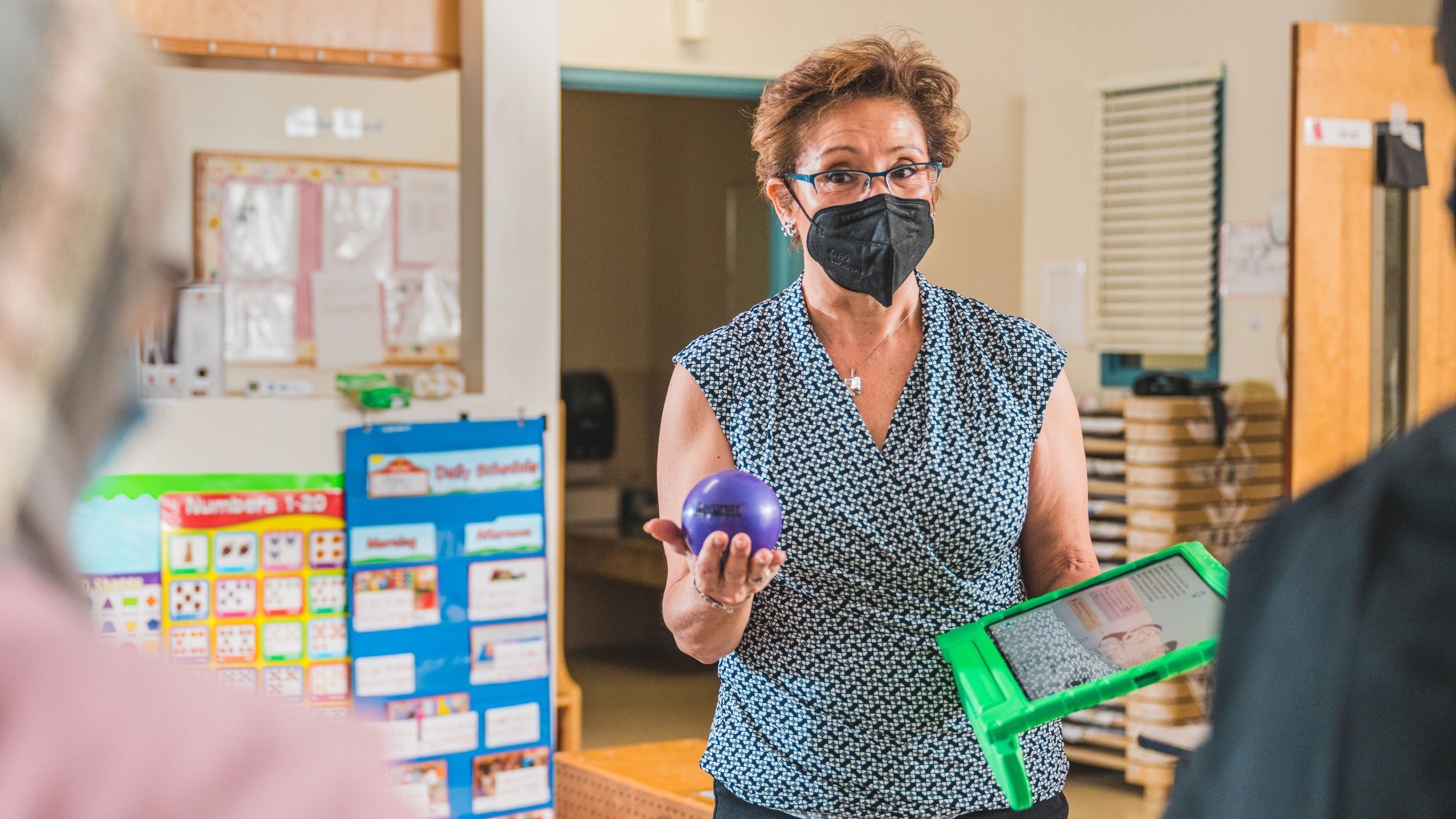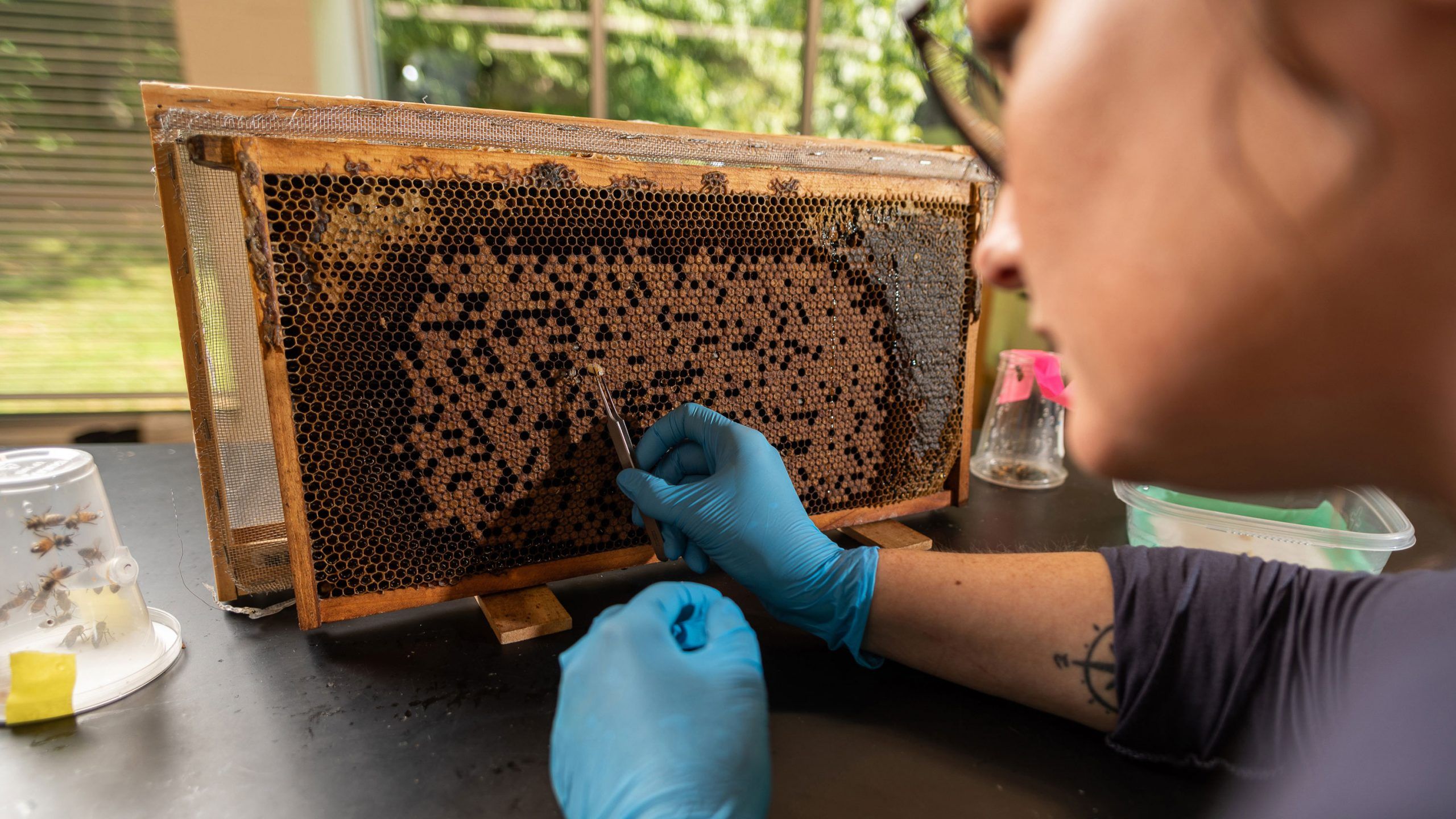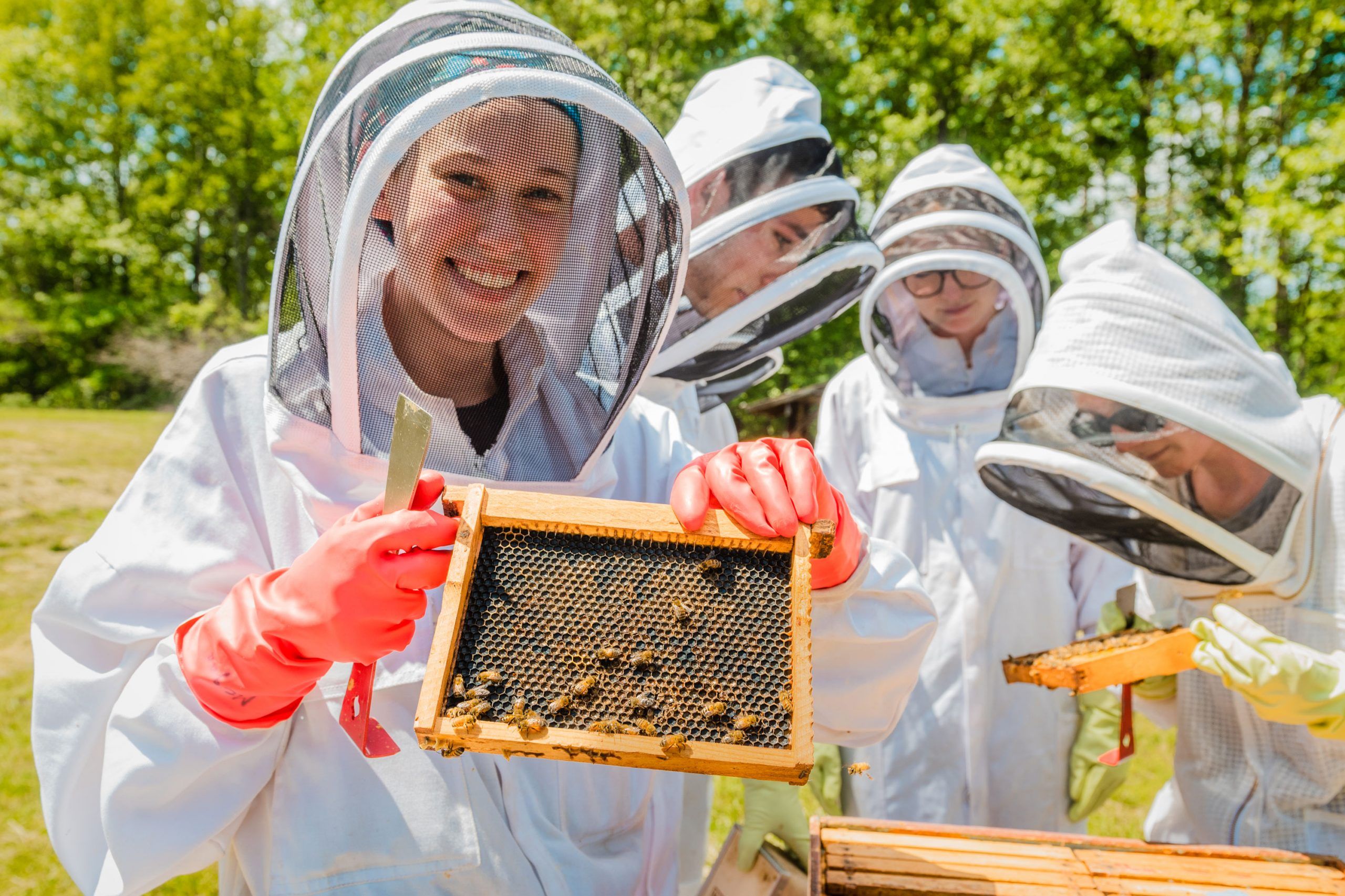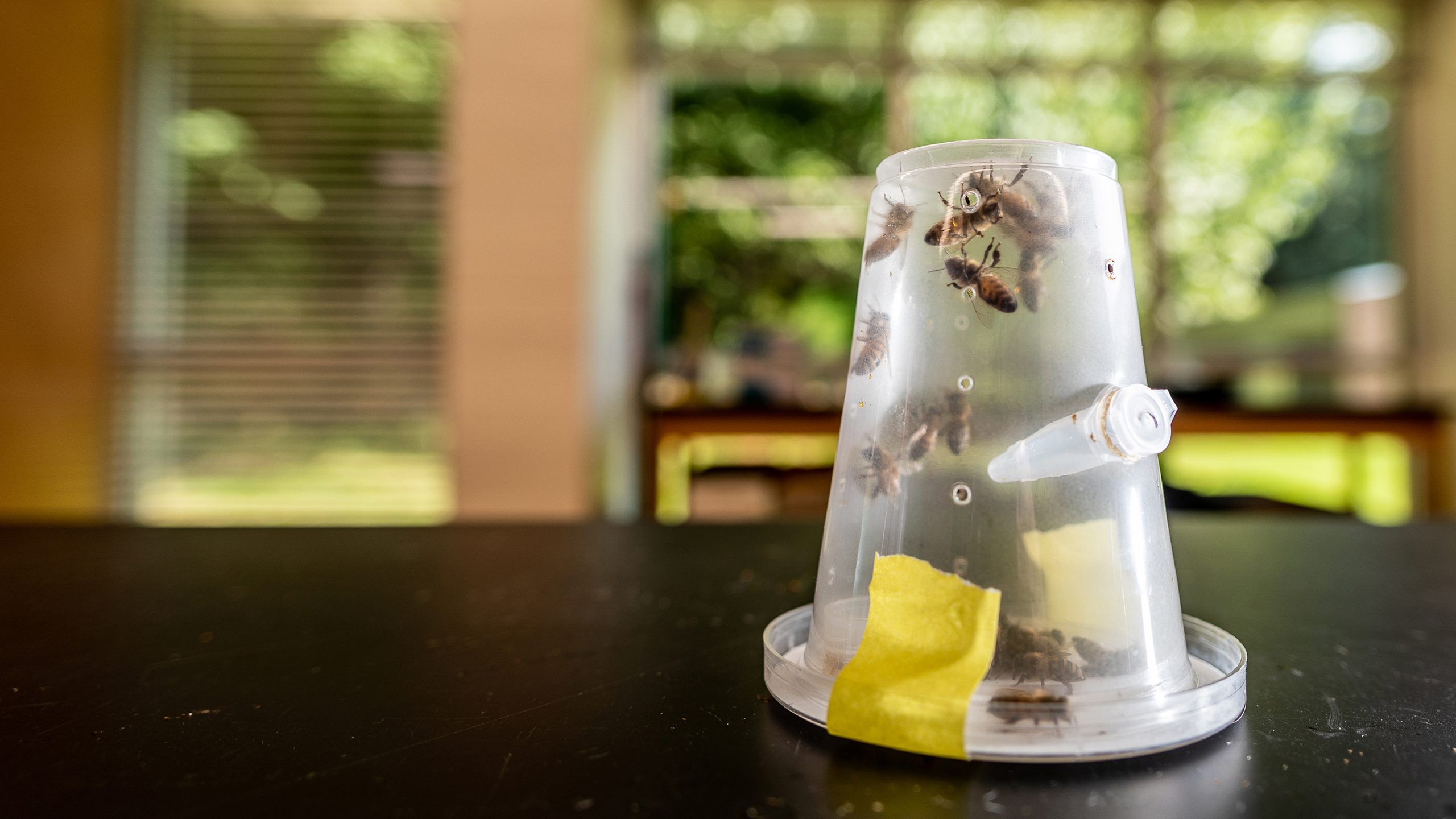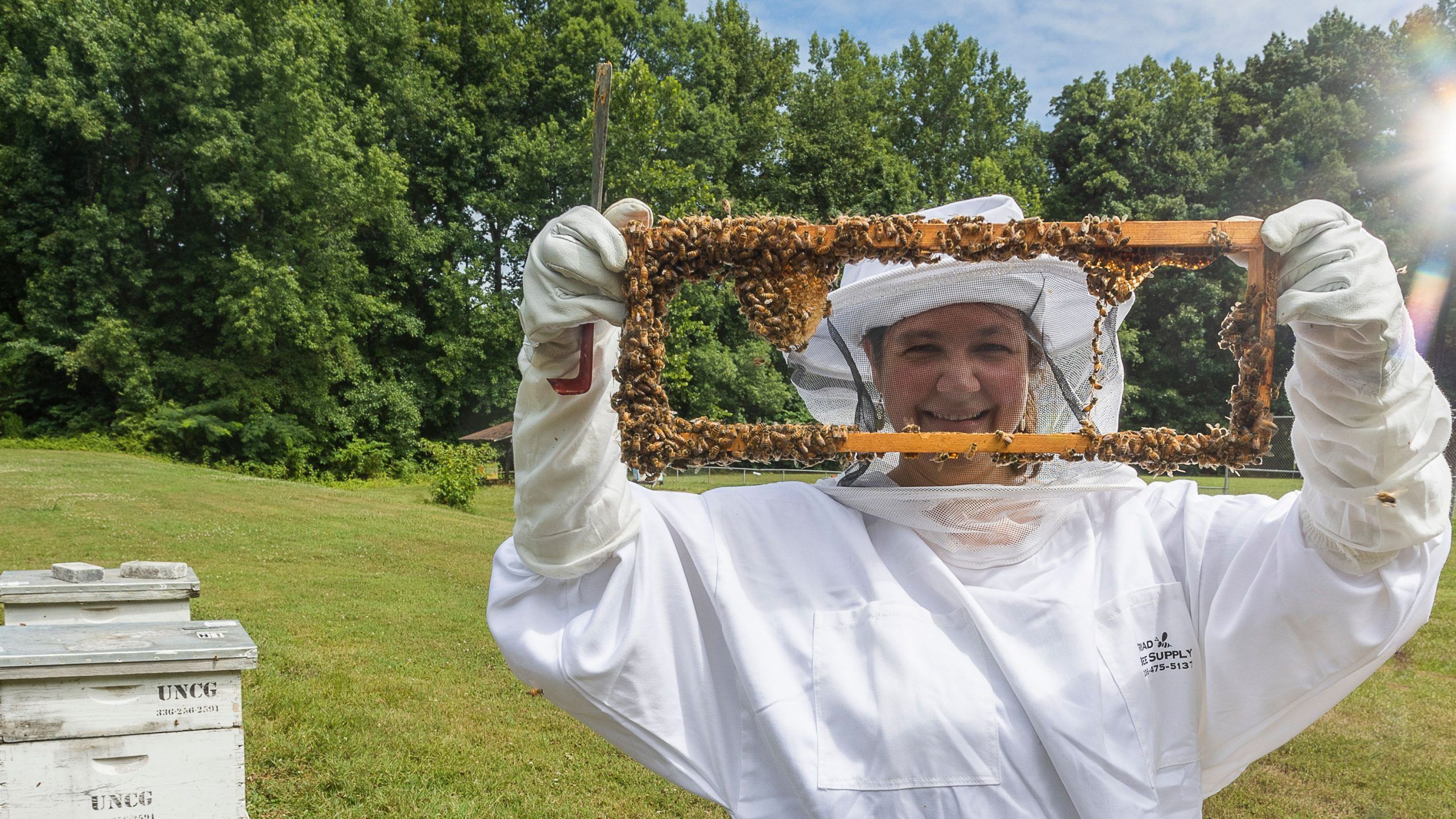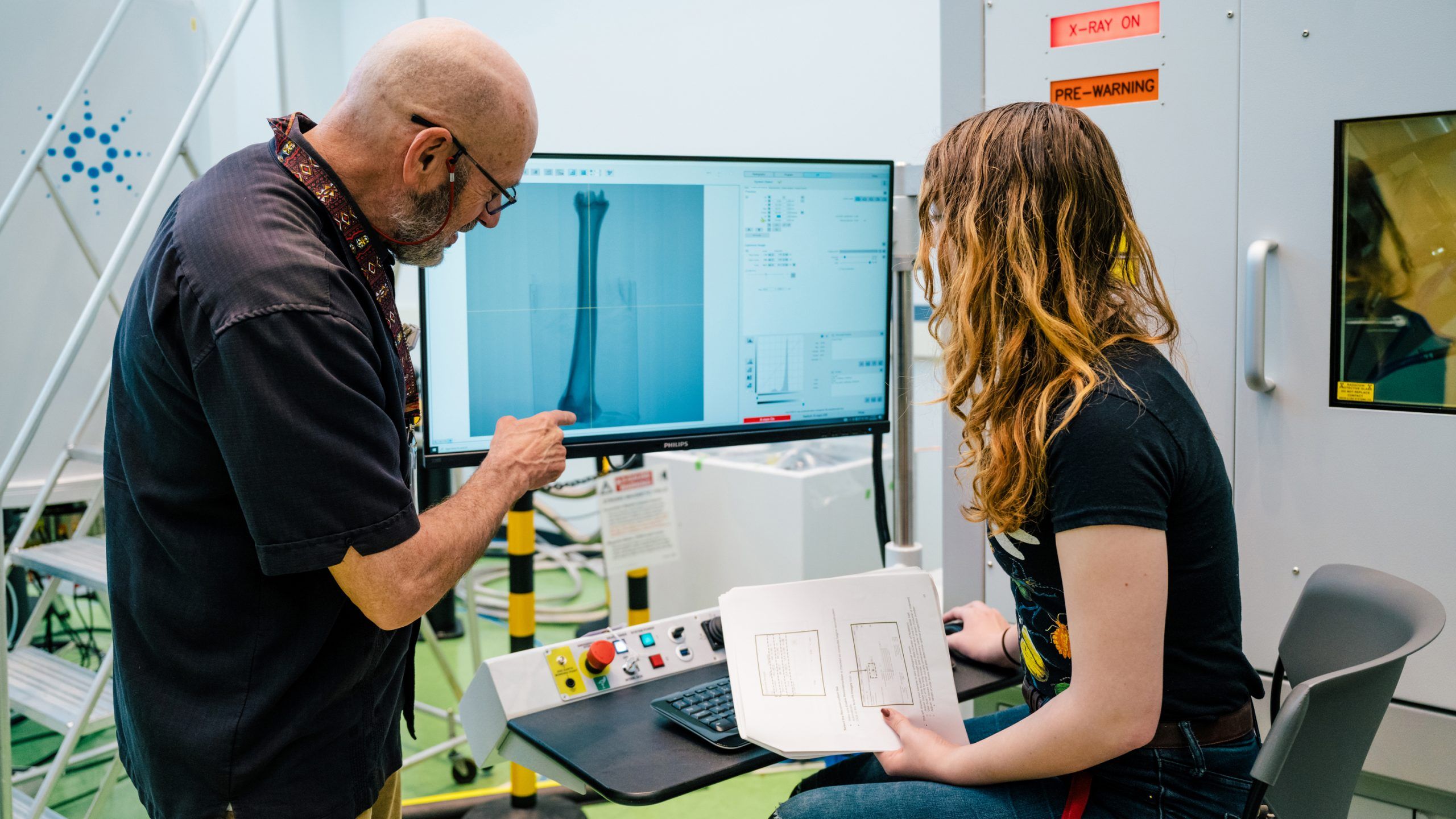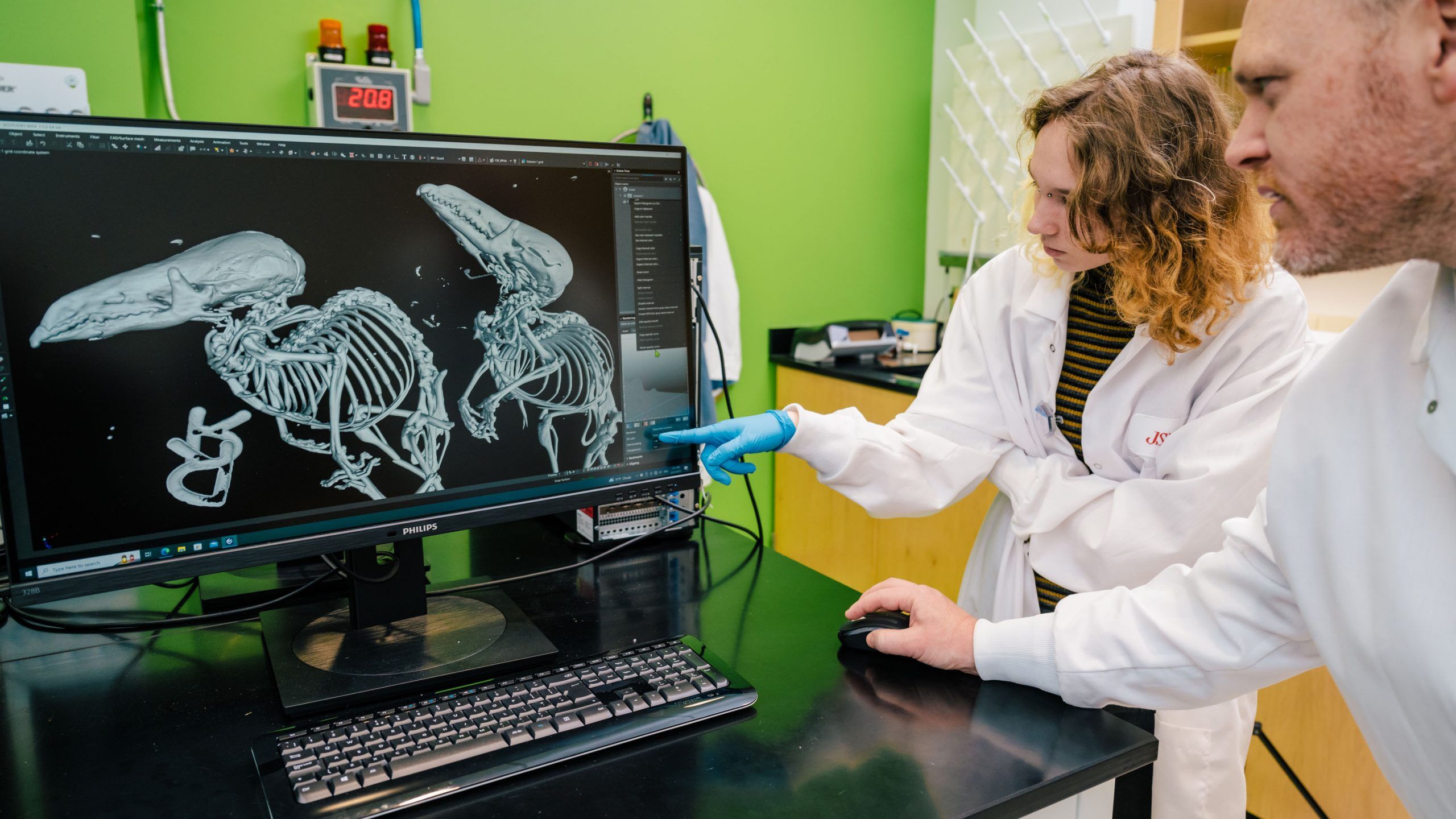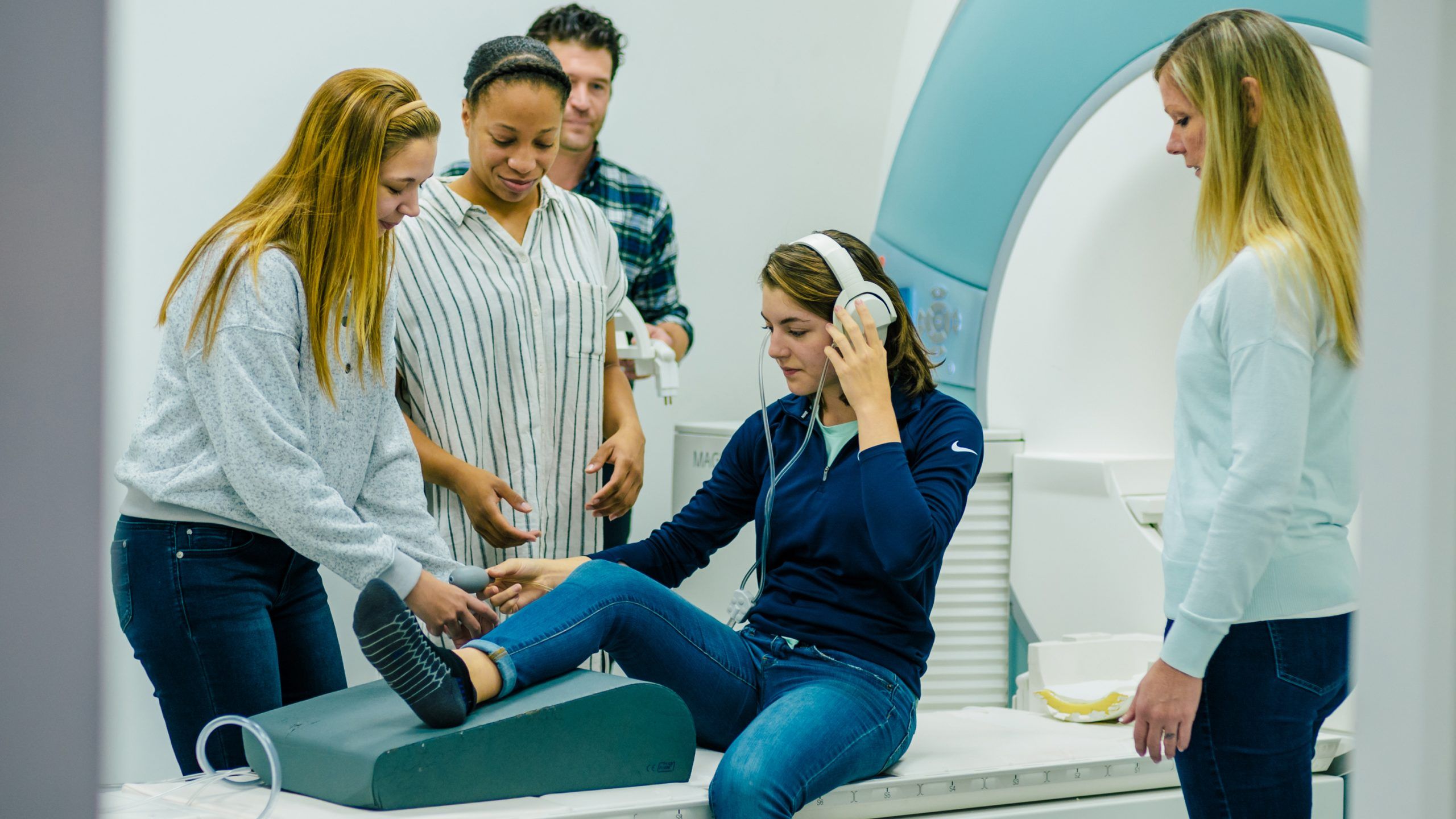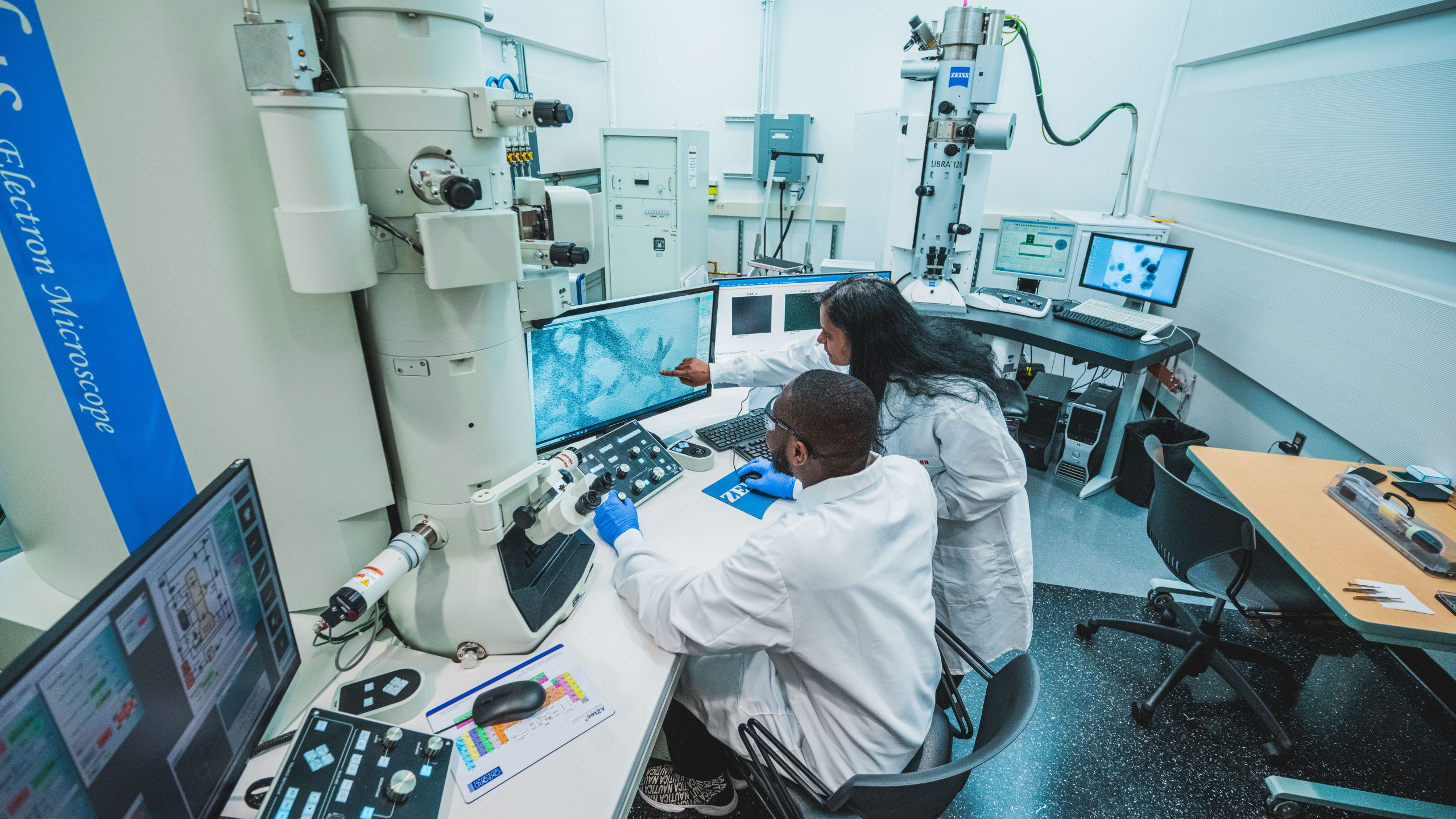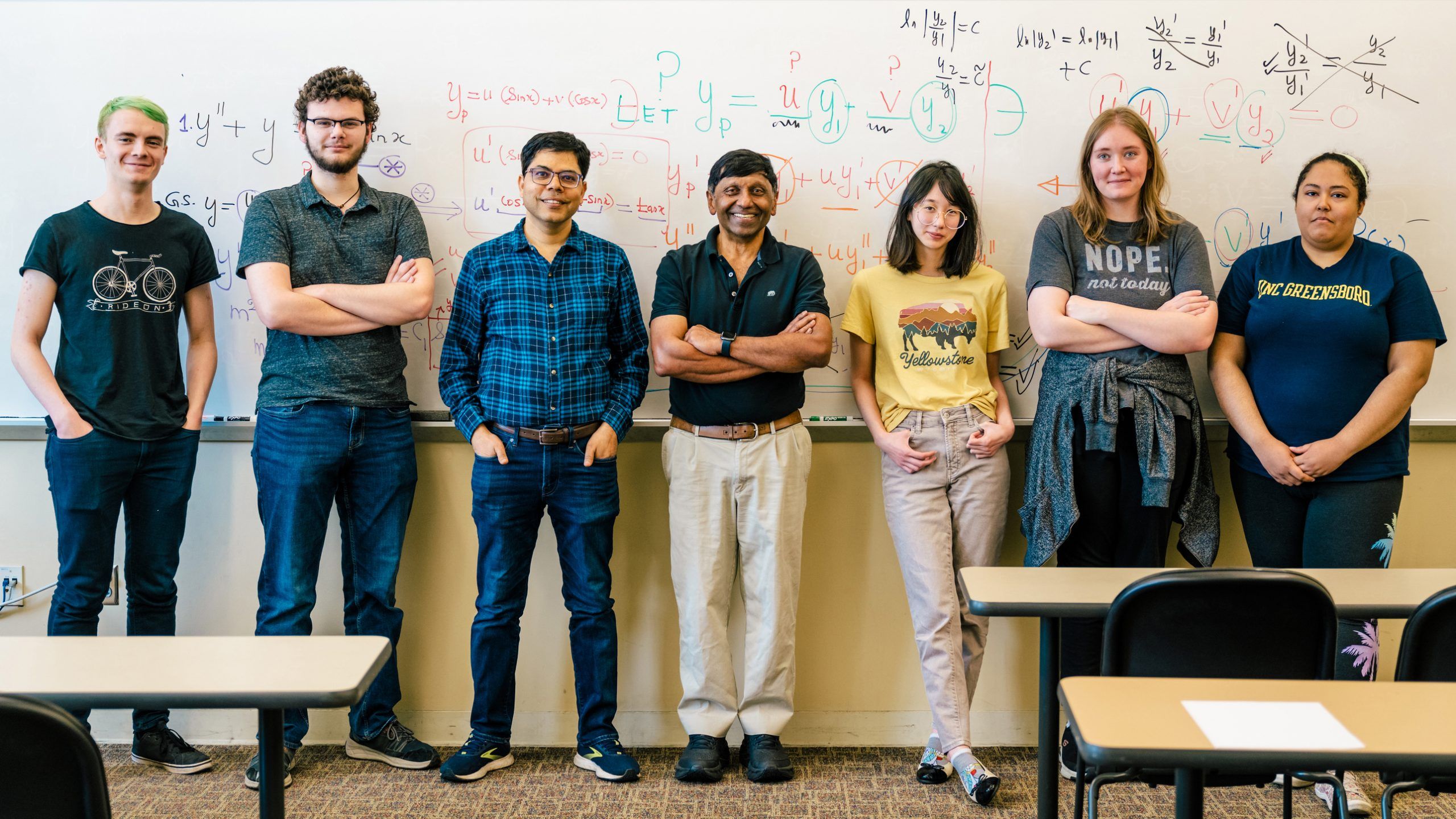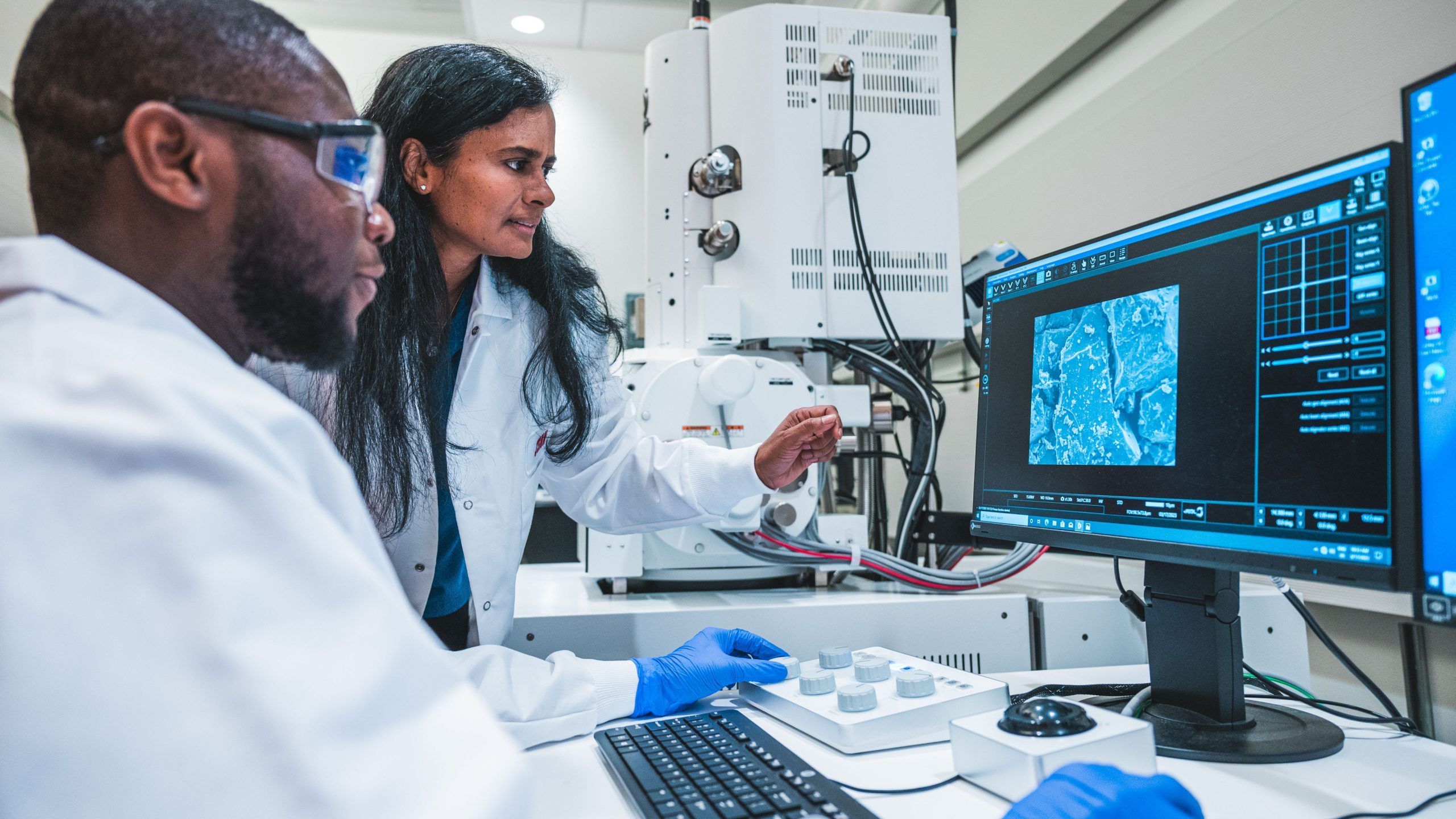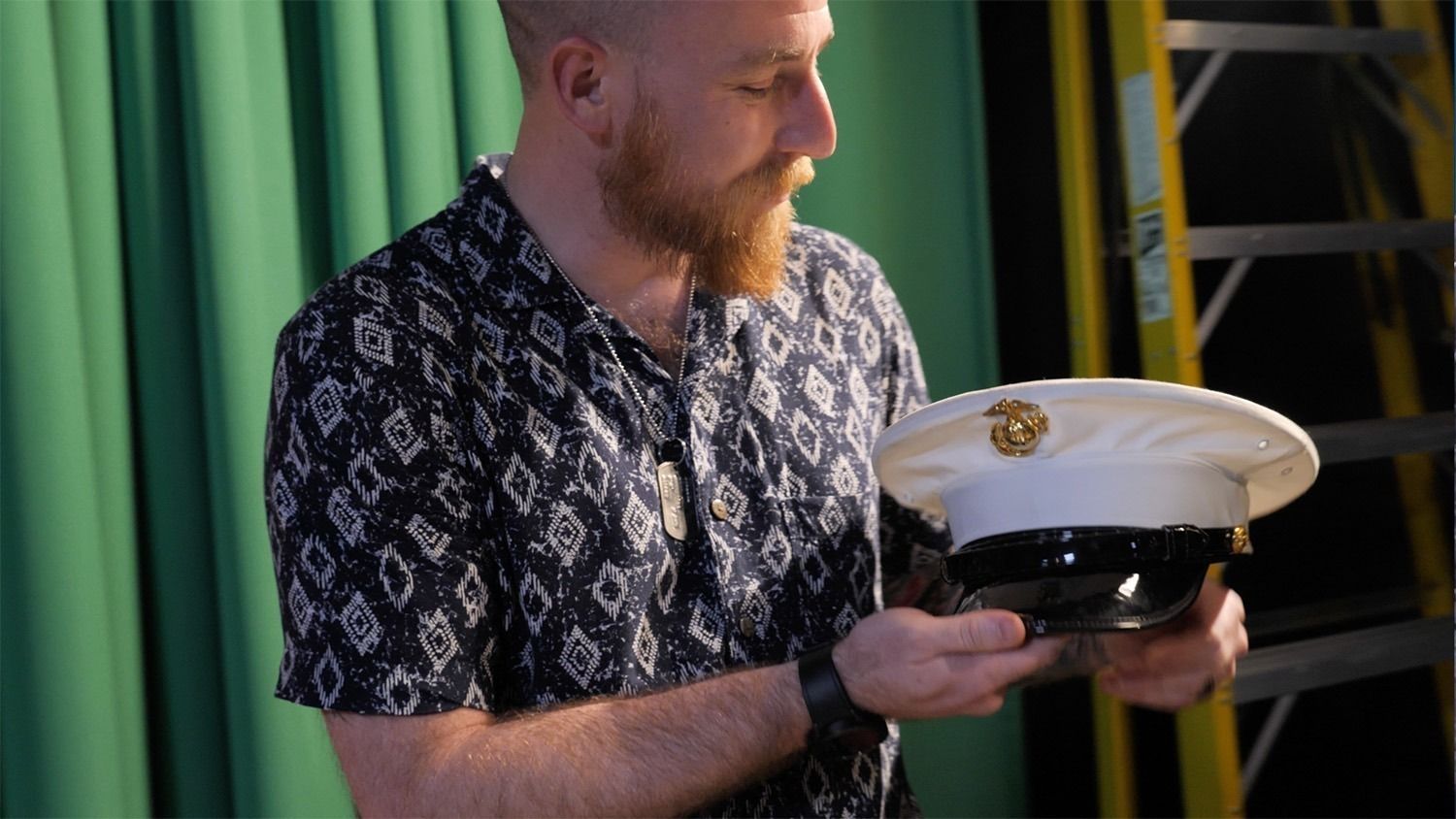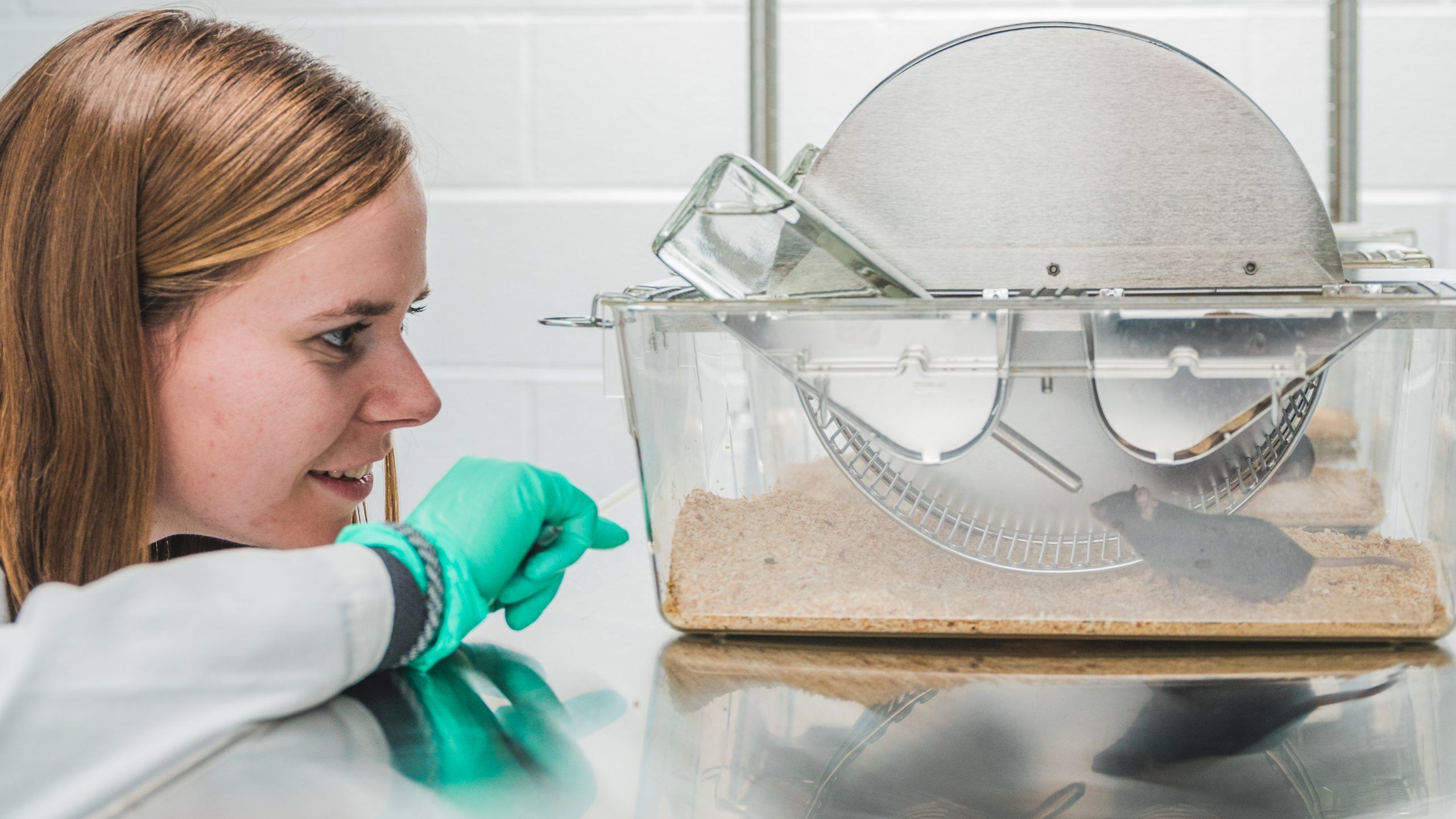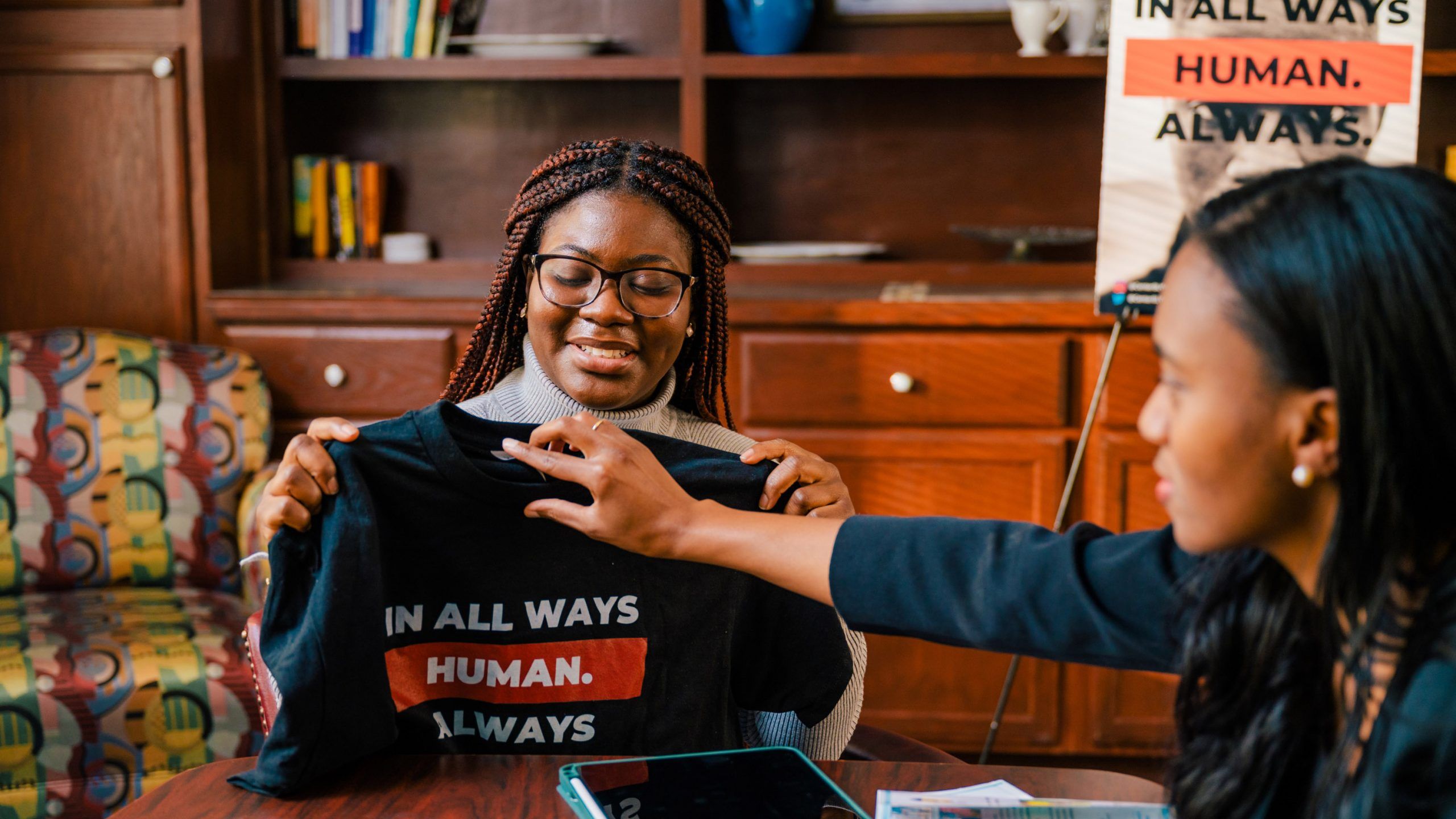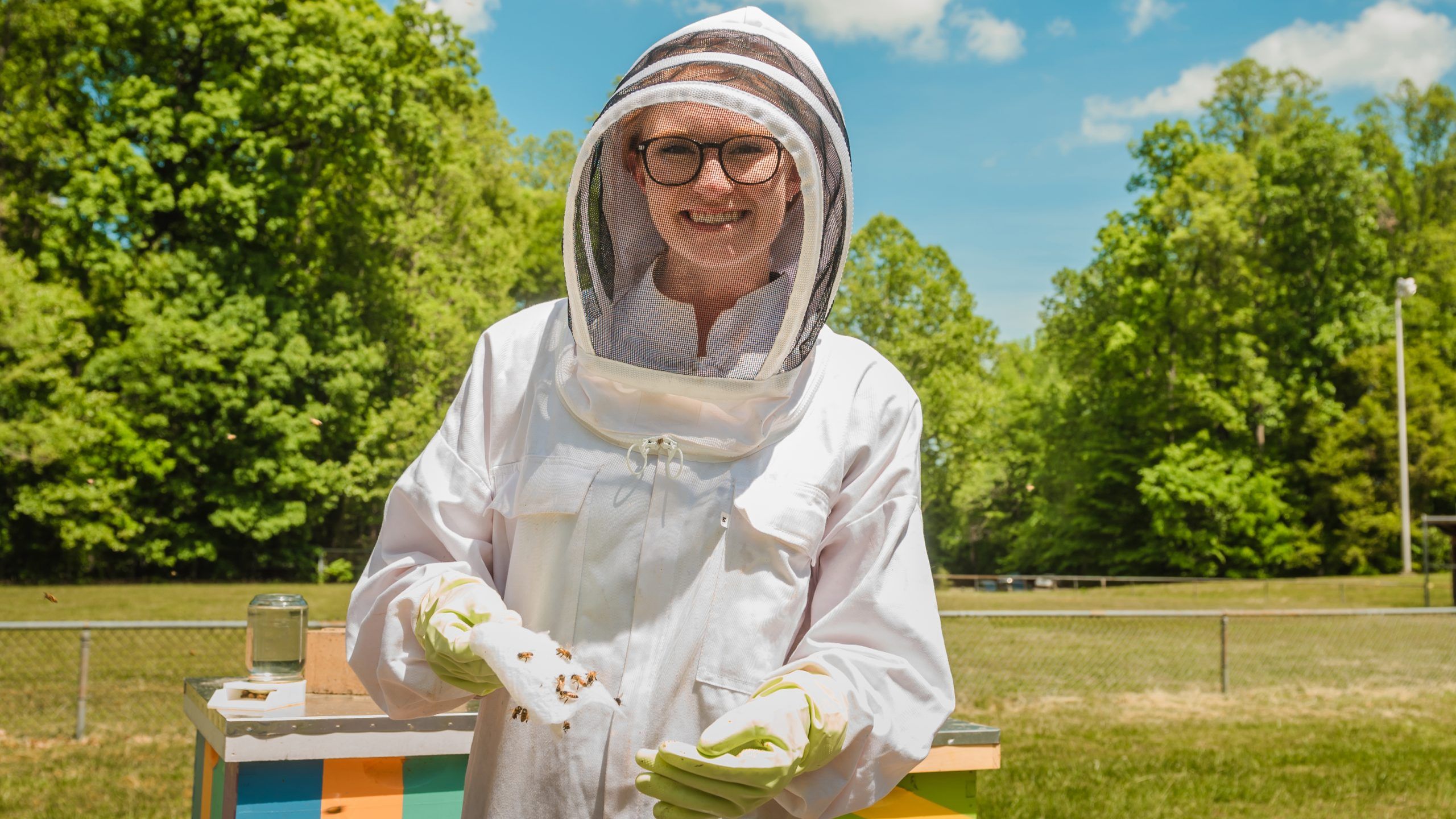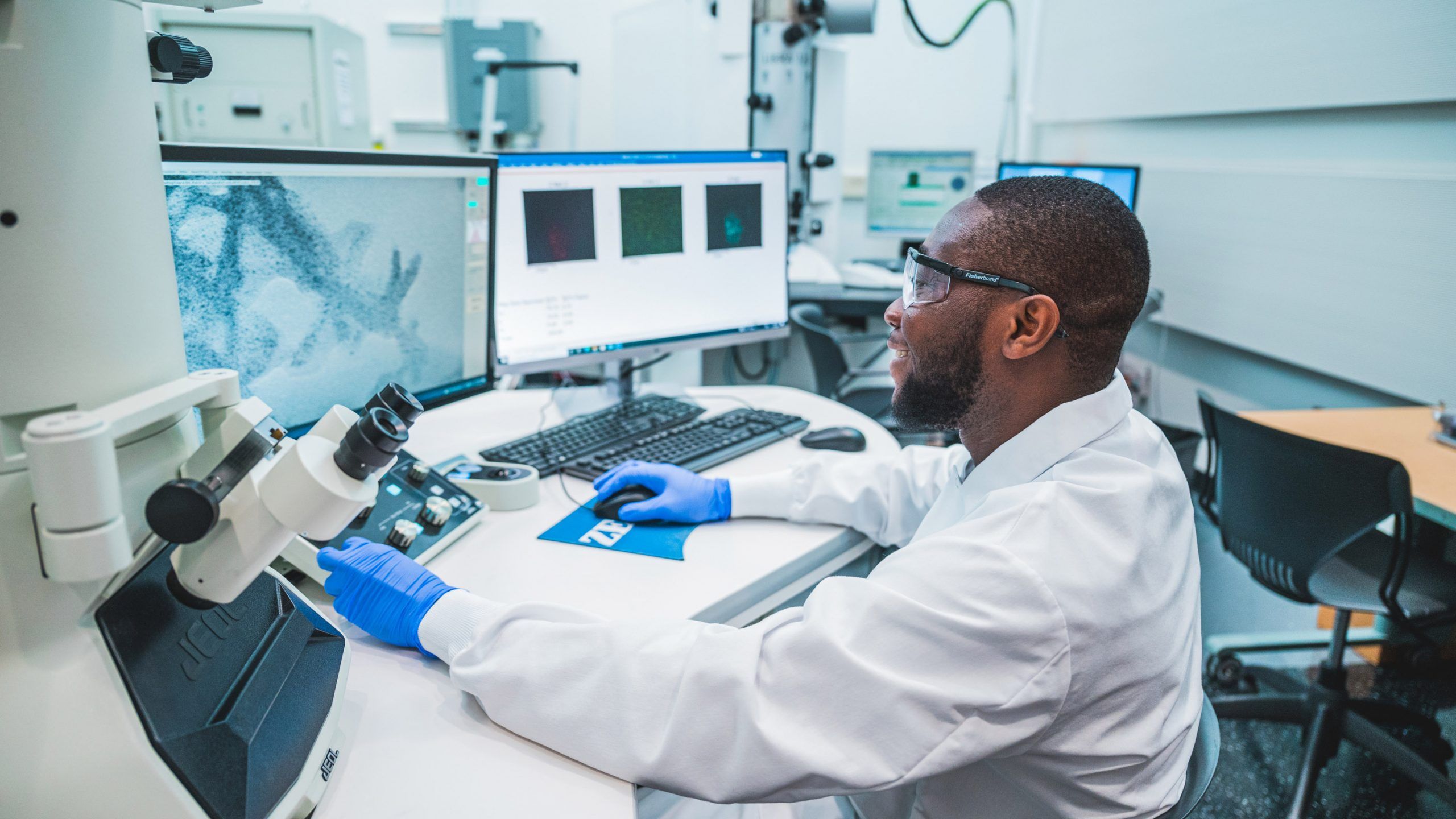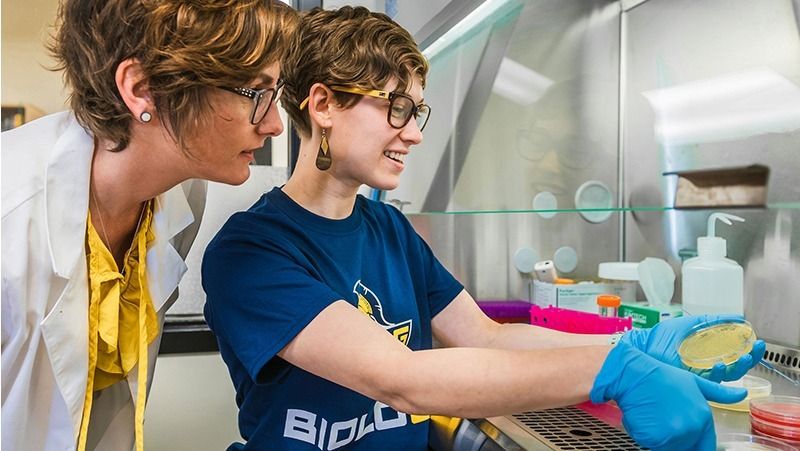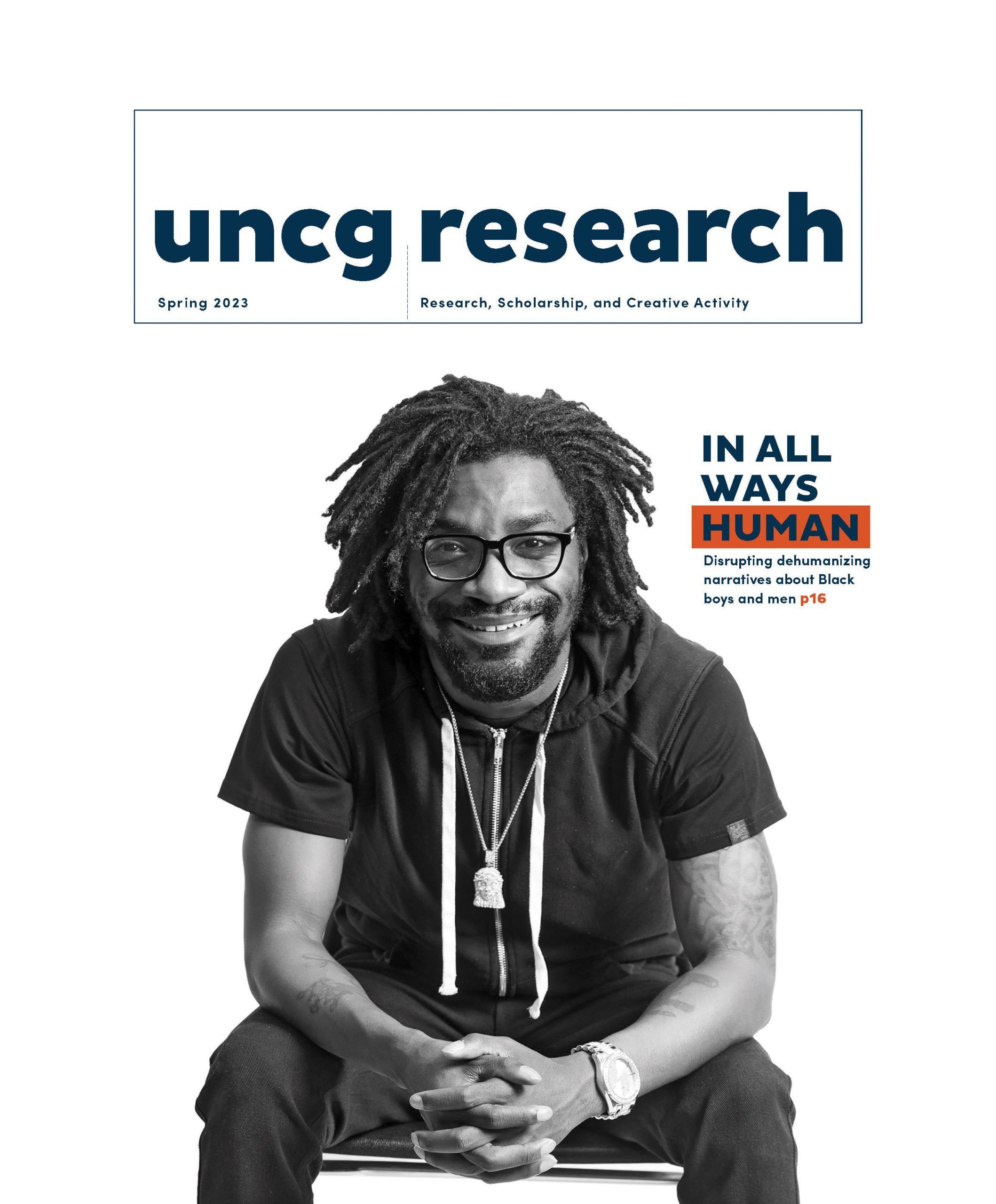2022 issue
IN ALL WAYS HUMAN
2023 issue
IN ALL WAYS HUMAN
Campaign launches to disrupt dehumanizing narratives about Black boys and men
In 2020, Dr. Jocelyn Smith Lee was awarded a highly competitive $100,000 Grand Challenge Award through the Bill and Melinda Gates Foundation. Her winning proposal – one of 28 selected from over 1,200 – sought to disrupt dehumanizing narratives of Black boys, men, and families and reclaim their humanity.
Now, the faculty member in Human Development and Family Studies and her team have launched their narrative change campaign, In All Ways Human, in Baltimore, Maryland. The results of their work bring hope in the aftermath of Covid, skyrocketing gun violence, and the visible loss of Black lives to police violence.
“This right here will change the perspective on how people look at us,” says Kevin Harvey, Jr., participant and community advisor. “Every portrait up here is gonna change the world.”
Smith Lee, who has personally lost loved ones to gun violence, has centered her work on examining how violence affects the health and development of young Black men. The storytelling campaign grew out of a need she uncovered through her own doctoral research: to help Black boys and men navigate issues of trauma, violence, loss, and healing.
“I wanted to amplify the voices of Black boys and men,” says Smith Lee, “to co-create a platform where they could show up as they wished and control the stories told about their lives.”
The Right Idea
Researchers investigate bee child-rearing practices, gut health, and more to help hives – and humans – thrive. Explore the Plant and Pollinator Center’s impacts on foundational science, forays into national policy, and entrepreneurial activity.
Bees have a big following. With superorganism status and a queen-based structure, they’ve captured the minds and hearts of countless scientists, artists, and hobbyists.
It’s not only bees’ behavior that fascinates humans: they are also essential to our food supply.
Across the United States, bees pollinate an estimated 130 fruits and vegetables, which amounts to a value of about $18 billion annually, according to the USDA. Within North Carolina alone, bees’ pollination of a variety of crops, from peaches to peanuts, equates to about $186 million dollars, according to the North Carolina Cooperative Extension.
But not everything is peachy with bees.
The Word’s Out
What do 55-million-year-old fossils, shrews with shrinking skulls, studies on Alzheimer’s and exercise’s impacts on the human brain, and tiny tech for a less toxic world have in common? The cutting-edge new tools driving discovery at UNCG.
Observation has always been fundamental to research – in the field or in a tightly controlled lab.
At the Joint School of Nanoscience and Nanoengineering, or JSNN, millions of dollars’ worth of major scientific instruments are allowing faculty and students from across two universities to drive their scholarly projects forward with powerful, precise observation.
“Just for them to have access to these facilities, it enables us to move the research quicker,” says JSNN Dean Sherine Obare. It also facilitates collaborations. “Easily a fourth of the usage comes from industry partners.”
Among the major scientific instrumentation that now lives at JSNN are an MRI, a micro-CT scanner, and electron microscopes – including one that allows researchers to see objects as small as a single atom.
The multiple instruments together can give researchers a more complete view.
Research Excellence Awards
Meet our Student Scholars
From the Vice Chancellor
Last year, in a culmination of ten years of consecutive growth, UNCG external funding climbed to the highest level in the University’s history. These dollars represent impact and expertise flowing out in the form of research and engagement initiatives to all 100 counties in North Carolina, as well as close to 40 countries.
From groundbreaking patents to community-engaged research and service-learning, from Grammy-nominated faculty and alums to Fulbright and AAAS Scholars, and with creative and scholarly products netting prestigious and international acclaim, UNCG has amassed a distinguished record.
What’s the winning combination? At the core are exceptional faculty and students. But as you will see within the stories of this magazine …
Published by the Office of Research and Engagement at UNCG
Vice Chancellor for Research and Engagement
Dr. Terri L. Shelton
Interim Vice Chancellor for Strategic Communications
Kimberly Osborne
Editor-in-Chief
Sangeetha Shivaji
Contributing Editors
Rachel Damiani, Janet Imrick
Copy Editors
Mike Harris, Alice Touchette
Art Director
Jaysen Buterin
Senior Designer
Hunter Pham
Photography Director
Sean Norona
Contributing Photography
Zizwe Allette, Martin Kane, Jiyoung Park, David Lee Row, Bert VanderVeen
Contributing Authors
Robin Sutton Anders, Rachel Damiani, Elizabeth L. Harrison, Danielle LaVaque-Manty, Sayaka Matsuoka, Amanda Saber, Mark Tosczak
Web Editor
Sangeetha Shivaji
Site Manager
David Starnes
Distribution Manager
Haley Childers
Web Copy Editors
Janet Imrick, Van Walker
